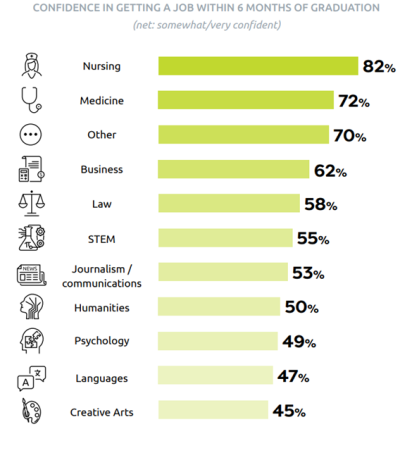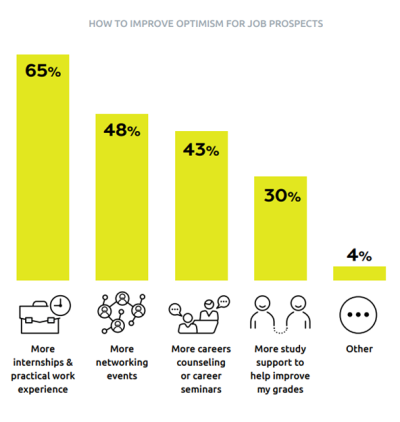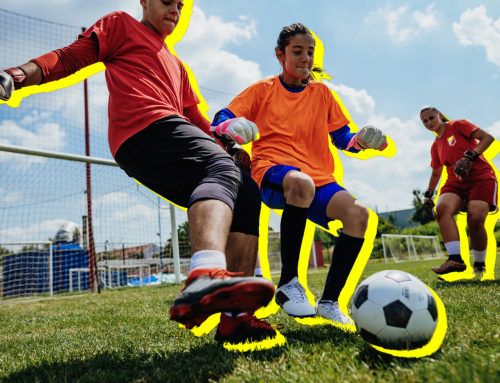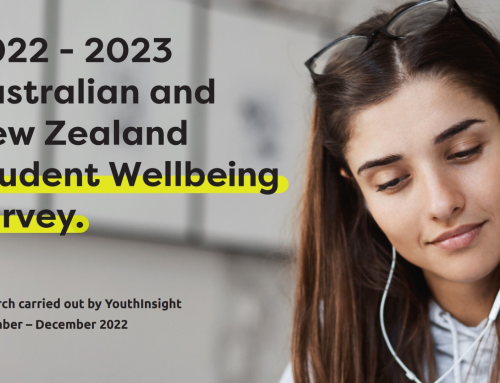For university students, confidence is not equally distributed when it comes to their future employment opportunities. While only a quarter of students express unwavering confidence, a fifth admit to lingering doubts. YouthInsight asked University students from Australia and New Zealand about their confidence in future careers as part of Studiosity’s annual Student Wellbeing Survey.
Here is a round-up of the key insights from Chapter 4: Students’ Confidence for the Future (2022 – 2023 Australian and New Zealand Student Wellbeing Survey).

KEY INSIGHTS
- Confidence in future employment opportunities varies by study level and gender – with self-confidence of women and undergraduate students most impacted
- Across disciplines, HASS students are least confident about their future employment, while Nursing students are most secure
- Students are calling on Universities to provide them with internships, practical work experience and training
When it comes to their future employment opportunities, an interplay of age, gender, study level and discipline influence the confidence levels of university students. With students calling on their universities to provide more internships, practical work experience, and training, more needs to be done within the sector to help students bridge the gap between academia and employment.
Confidence in future employment opportunities varies by study level and gender
Though current university students are more likely to be confident about their future, only one in four are very confident, while one in five report having hesitations.
Across all student demographics, confidence is highest for skills development needed to succeed in the workforce (76%).
However, when it comes to finding a job related to their degree within six months of graduation, confidence levels showed variability between demographic groups. Men are more likely to report confidence in this space than women (67% vs. 59%), as well as post-graduate students compared to students in their undergraduate degrees (70% vs. 59%).
Those who are already working in some capacity are also more confident than those who are not working at all (64% vs. 51%). With university students increasingly balancing full-time study with paid employment (86 per cent of Australian students work while studying, an upwards trend from 78 per cent in 2021), this demonstrates some confidence boost provided by already being in the workforce.

HASS students are least confident about their future employment
Students in Nursing, Medicine, Business, Law, STEM, and Journalism/Communications disciplines are most confident about their future employment opportunities. Between 52 and 82 per cent of these students report that they are confident they will get a job in their field within six months of graduation.
For students in the Humanities, Psychology, Languages, and Creative Arts, there is a more pessimistic outlook about their future employability. Within this cohort of students, 50 per cent and fewer are confident that they will have a job in their field within six months of graduation.
Students need support to develop job applications
Our research shows that only one in five students are very confident in writing a job application. This suggests that the higher education sector must implement initiatives and resources to support university students grow their skillset in developing applications for work. Such supports will go some way to grow student confidence in conveying their skills and knowledge to potential employers.
In this space, confidence levels also vary by demographics. Women report being less confident than men (56% vs. 65%), as well as younger students aged 18 to 23 compared to students 24 and over (53% vs. 69%). This trend continues with students who are not currently employed (47% vs. 61% employed) and students who are Culturally and Linguistically Diverse (CALD) (54% vs. 62% non-CALD students).
What can Universities do to better support their students?
When asked about what their university could offer to make them feel more optimistic about future job prospects, students are overwhelmingly calling for more internships and practical work experience provided within their courses and by their university. This sentiment varied slightly by demographics, including being stronger for students in Australian than in New Zealand (67% vs. 54%); younger students aged 18 to 23 compared to those 24 and over (68% vs. 60%), Culturally and Linguistically Diverse students (72% vs. 62% non-CALD), and students living in metro locations (67% vs. 54% regional/rural).
KEY TAKEAWAYS
- With only a quarter of university students reporting that they are very confident in their future career prospects, more needs to be done to support students during their studies to bridge the gap between academia and their employment.
- To better support students, the higher education sector must look to develop initiatives and resources to advance university students’ skillset in developing applications for work and grow their confidence.
- As more than three in five students call for internships and practical work experience, universities should look to work with students to provide them with opportunities that ensure their success not only during studies but into their future career pathways.

The survey ran from 14th November to 6th December 2022 and gained a total of 1,137 responses, of which 995 were in Australia, while 142 were in New Zealand. All Australian public universities were represented in the Australian sample. In New Zealand, all universities were represented.
Data charts sourced from Chapter 4: ‘Students’ Confidence for the Future’ report.









Leave A Comment